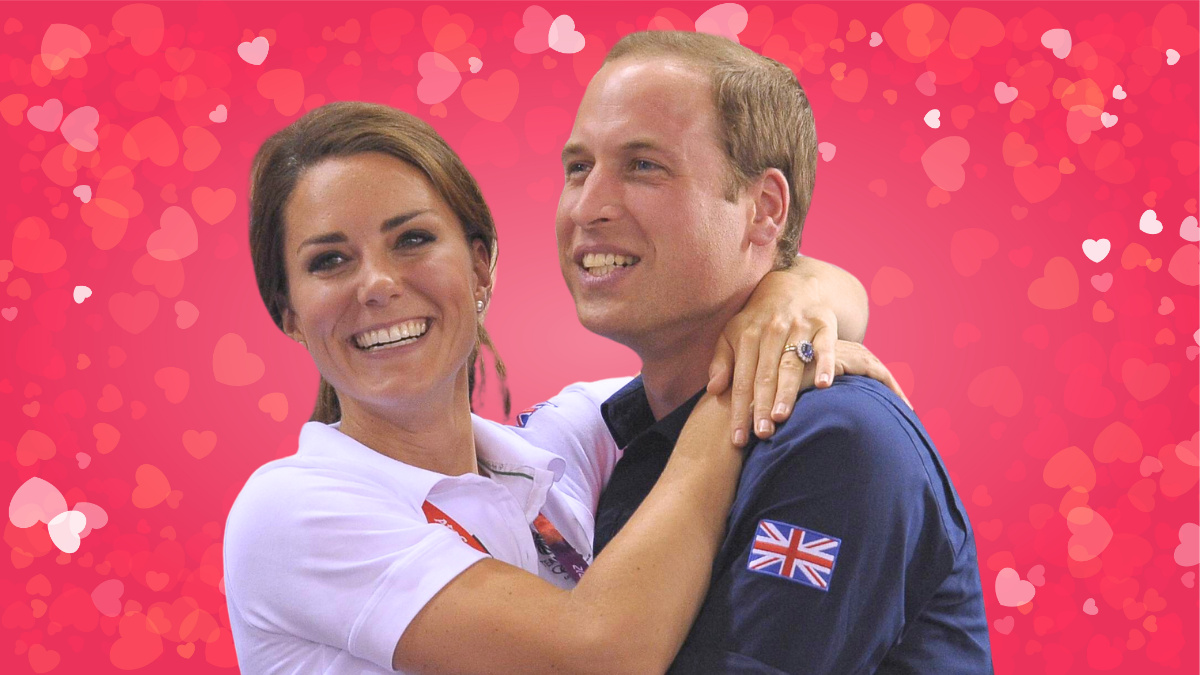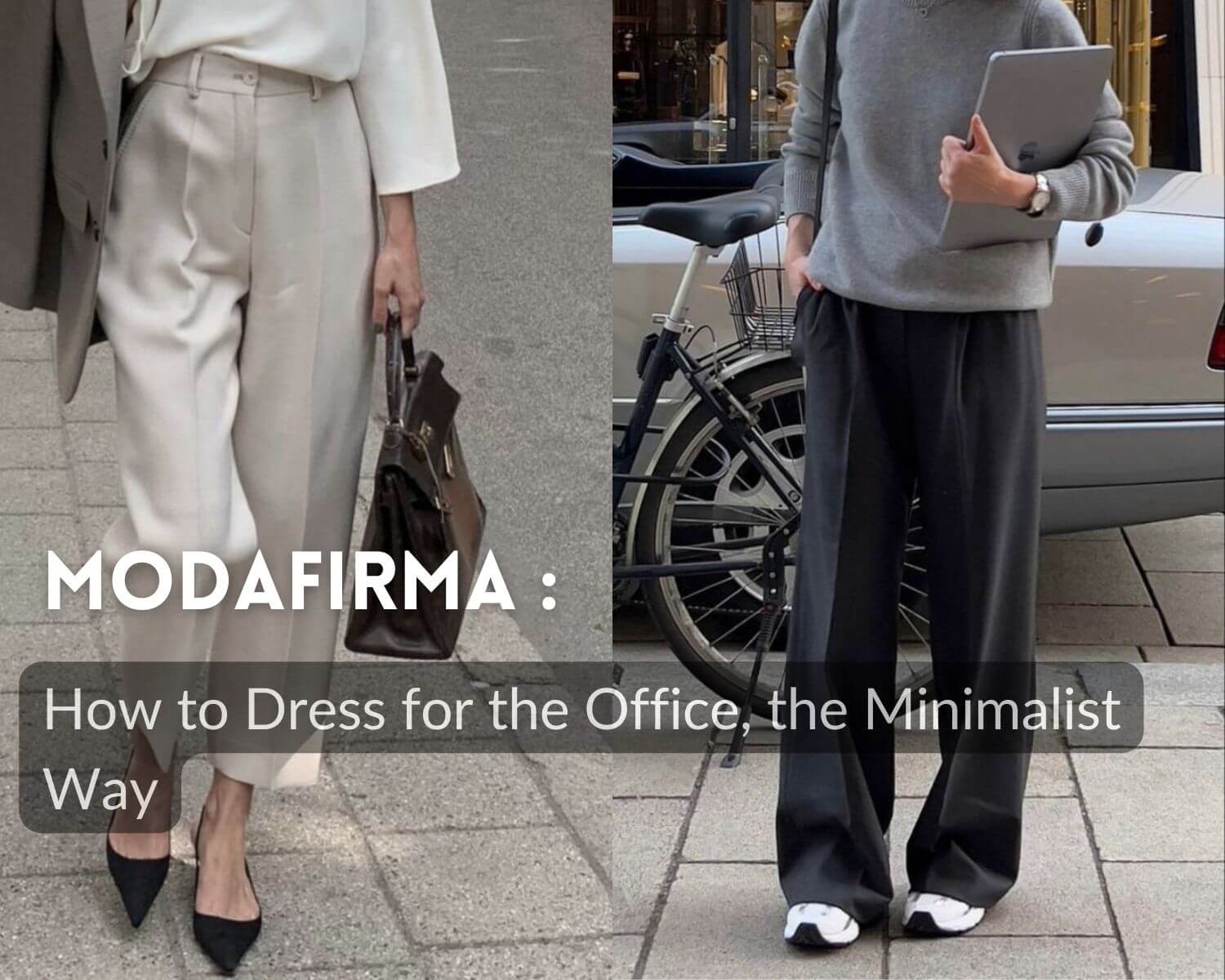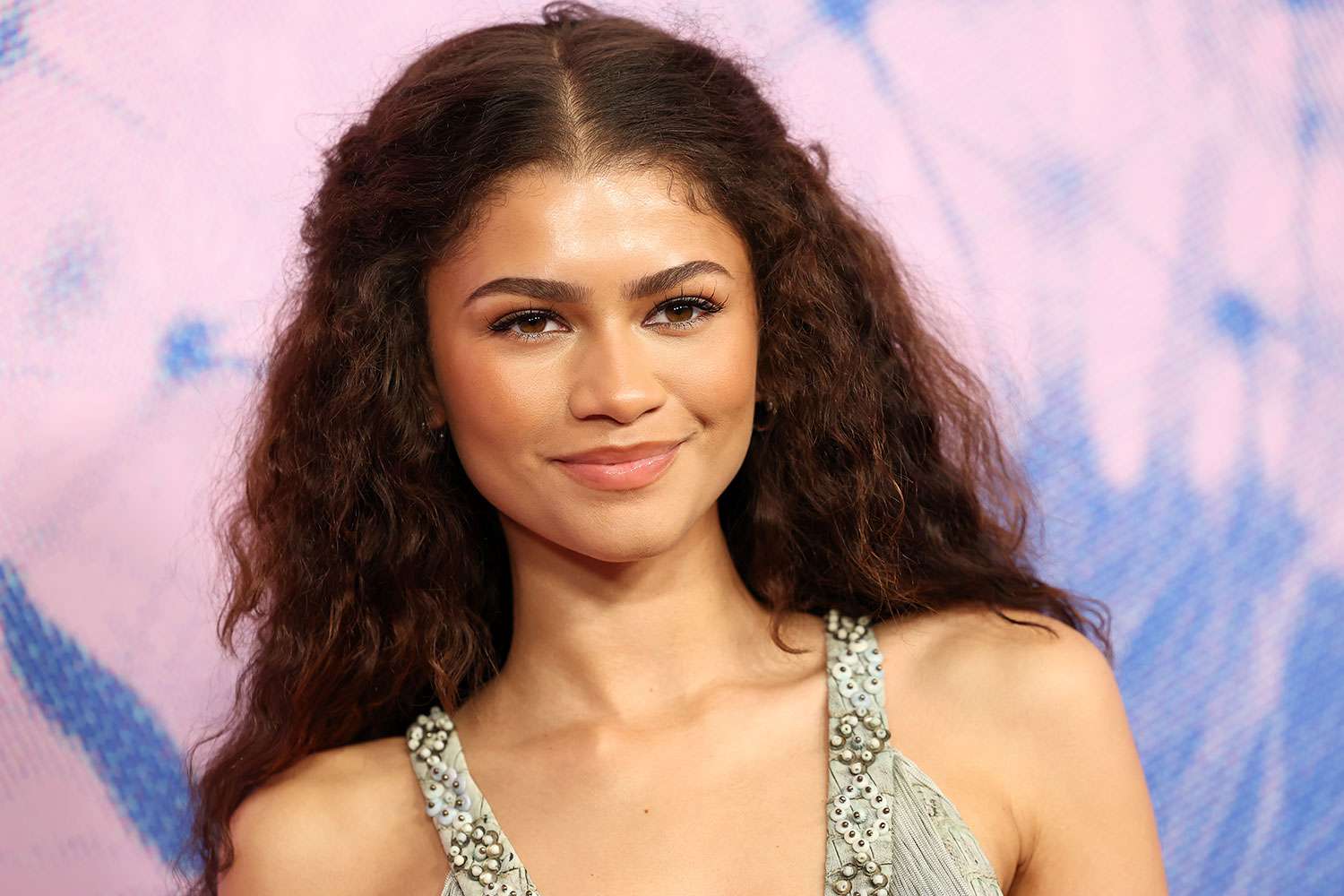Daniel Lee made his much-anticipated debut at Burberry, in a vibey show with a runway that snaked through a black tent, set to music by the British electronic musician Burial.
Was it revolutionary? No, but fashion rarely is. Instead, it was an astute debut by one of the industry’s most millennial of millennial designers. It felt like a cousin to what Lee did at Bottega Veneta, suggesting that the playbook he patented during his brief tenure there is back in the larger fashion atmosphere.
As the creative director of Bottega Veneta from 2018-2021, Lee cultivated a new model for fashion relevance. He made great products—bulbous rubber boots at relatively affordable prices, covetable handbags, genuinely weird and exciting clothes—and introduced a new definition of what it means to be cool in fashion. He made digital zines stuffed with artists, creatives, and out-of-the-mainstream musicians; he didn’t seek relevance through dressing the stars of the moment, but seemed much more interested in anointing his own. Or celebrating his own taste; Neneh Cherry and Missy Elliott were his muses. His projects, and his motives, could appear quixotic to the fashion press—why show in Detroit? Why leave Instagram?—but customers had far less compunction. (Though you may recall that it was fashion editors, buying the bags of their own volition, who first made his intrecciato bags a bonafide streetstyle phenomenon.)
Lee was absent from fashion for just a blip in the grand scheme of changing hem lengths and rejiggered logos, but he reenters a world in which Pharrell Williams, the musician and fashion savant, has been named the creative director of Louis Vuitton menswear, raising questions of whether the celebrity designer has supplanted true design talent. (My thoughts: absolutely not.) His debut at Burberry on Monday night demonstrates how he’s tweaked his playbook and showed that the savvy that made his Bottega a phenomenon is just as potent a few years later.
Lee is fashion’s premiere millennial man. At 37, he’s one of the few designers of his cohort to lead a luxury house—Jonathan Anderson, at Loewe, and Balmain’s Olivier Rousteing, both 38, are the two other biggies—and his decisions reflect the values of his own generation and the one to come much more than they do the industry elders’. He emphasizes colors and patterns over recognizable logos; he made his plaids electric yellow, deep plum, and blue. It isn’t that young people have a Gen X-y allergy to logos; it’s more that they’re just one way to signal belonging.
Lee also has a sense for making great products—and not just accessories. Alongside jangling clutch handbags, models wore chubby fur hats, a little knit cap that looked like a duck, and hot water bottles snuggled in wooly sleeves. But he also had chubby faux fur robe coats that you could see a musician storming Coachella in shirtless, or a nepo baby model wearing while trotting around shopping in New York. He turned the Burberry trench inside out to reveal whips of plaid, but it wasn’t the familiar beige plaid he remixed, but rather a more streamlined check he made jumbo and neon.
Lee knows a brand of Burberry’s size is too big to cultivate what a smaller designer might call “community,” but instead of chasing the people of the zeitgeist, he concentrates on his own crew. For this show, he cast all newcomer models, meaning that you can focus more on the clothes and less on a recognizable face, allowing you to project your own fantasy into the thing, which is of course one of the primordial purposes of a runway show. (Prada, with Raf Simons co-helming, has gone the all newbie route, too, to great effect.) Lee also set a low-key mood; the music was cool and the models’ pace relaxed.
That brings us to perhaps the quality most important in Lee’s debut, and a new element in his arsenal: he’s hoping to cultivate a feeling that there’s something nice about being British. Press leading up to the show have concentrated on the country’s vexed political situation and faltering economy. But Lee knows there’s something more fundamental than those realities: if it doesn’t feel good to feel good about the government, money, or identity politics, you can always feel good about style.
Rachel Tashjian is the Fashion News Director at Harper’s Bazaar, working across print and digital platforms. Previously, she was GQ’s first fashion critic, and worked as deputy editor of GARAGE and as a writer at Vanity Fair. She has written for publications including Bookforum and Artforum, and is the creator of the invitation-only newsletter Opulent Tips.





